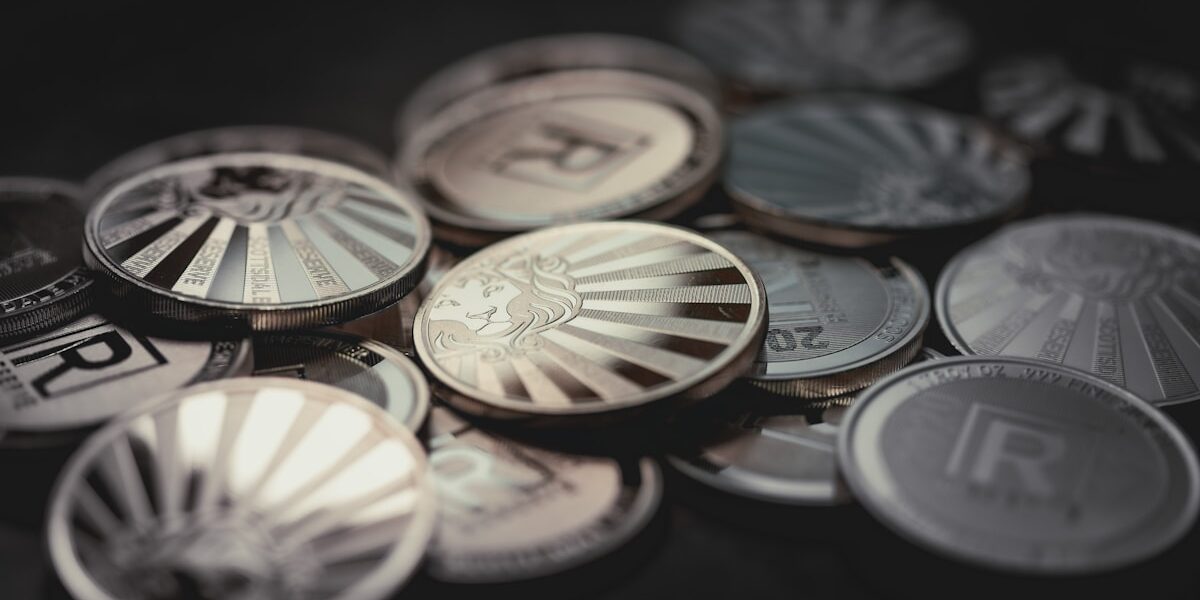Understanding the 1958 Wheat Penny
The 1958 Wheat penny marks an interesting moment in United States numismatics. It was the last year the Lincoln Wheat penny was produced. This penny series began in 1909, commemorating the 100th anniversary of Abraham Lincoln’s birth. These pennies hold historical significance and have intrigued coin collectors and history enthusiasts alike.
The Design and History

President Theodore Roosevelt commissioned sculptor Victor David Brenner to design the Lincoln cent. Brenner’s profile of Lincoln on the obverse—based on a photograph by Matthew Brady—captured Lincoln with dignity and detail. The reverse features two stalks of wheat, symbolic of prosperity. For nearly half a century, the design remained largely unchanged, creating a consistent and familiar coin for Americans.
The inscription IN GOD WE TRUST debuted on this coin, fostering further patriotic sentiment. Below that, LIBERTY appears to Lincoln’s left, adjacent to the collar of his coat. Each of these design components contributes to the penny’s aesthetic and historical importance. Over the years, the lettering has remained legible, highlighting the coin’s sturdy craftsmanship.
Composition and Production
In 1958, the U.S. Mint produced these pennies using a bronze alloy made up primarily of copper, with a small percentage of tin and zinc. This composition gave the penny its notable reddish-brown color, which changes over time due to oxidation. Many collectors today appreciate the variations in toning that occur naturally with age.
The Philadelphia Mint produced most of the 1958 pennies. The Denver Mint also contributed, marked with a D mint mark beneath the date. Collectors often distinguish between these variations, although there is little difference in value for most of these coins.
Transition to the Memorial Reverse
In 1959, the Wheat penny was replaced by the Lincoln Memorial cent, designed by Frank Gasparro. This transition meant that 1958 Wheat pennies were the last of their kind. The new reverse displayed the Lincoln Memorial, aligning with the continued emphasis on presidential iconography.
This change aimed to modernize the penny’s look while honoring Lincoln’s legacy. The focus on the memorial celebrated American national identity, enriching the overall numismatic narrative the coins represent.
Value and Rarity
For numismatists, the 1958 Wheat penny is usually affordable and readily available. Its commonality stems from high production numbers. Mint State (MS) coins, however, can fetch higher prices, especially those showcasing minimal signs of wear or possessing unique colorations.
Error coins from any minting year often capture the interest of specialized collectors. These imperfections can include doubled dies or atypical alloy compositions. While a standard 1958 penny may be easy to procure, these variants offer more of a treasure hunt for serious hobbyists.
How to Collect
Beginning a collection of 1958 Wheat pennies requires a discerning eye for condition. Collectors rate coins on the Sheldon scale, from 1 to 70. Lower grades indicate worn, circulated pieces, whereas higher grades denote coins with few imperfections and visible luster.
Sorting through circulated varieties can yield gems like uncirculated examples. Some collectors focus solely on completing sets of different mint marks, chasing after rare or graded coins. It’s a hobby that allows both casual interest and deep expertise.
Preservation and Care
Proper storage protects the penny’s finish and extends its lifespan. Acid-free holders or coin albums minimize environmental exposure. Regular inspections prevent issues like verdigris, which is especially common in older copper coins.
Cleaning coins, a debated practice, can harm their value if done incorrectly. It is generally recommended to leave cleaning to professionals to avoid reducing the penny’s numismatic worth. Every step in preservation is part of maintaining historical artifacts.
The Appeal of 1958 Wheat Pennies
These pennies embody a snapshot of American history. Each component—from the alloy to the inscription—carries cultural conversations. Enthusiasts regularly trade stories about their finds, drawing others into the fold.
Part of their appeal lies in accessibility. Unlike rarer coins that require significant investment, the 1958 Wheat penny acts as an entry point for budding collectors. Its affordability makes it an ideal starting point for those exploring the world of numismatics.
Continuing Interest
To this day, the 1958 Wheat penny remains a testament to American numismatic tradition. Ongoing interest ensures a healthy market for these coins. Collectors continue to learn new things about their favorite pieces, sharing insights and discoveries.
The blend of history, design, and economy found in each penny mirrors the greater story of the nation’s currency. Discussions about their significance promote the broader understanding of how money, art, and history intersect in our daily lives.
Recommended Collecting Supplies
Coin Collection Book Holder Album – $9.99
312 pockets for coins of all sizes.
20x Magnifier Jewelry Loupe – $13.99
Essential tool for examining coins and stamps.
As an Amazon Associate, we earn from qualifying purchases.




Subscribe for Updates
Get the latest articles delivered to your inbox.
We respect your privacy. Unsubscribe anytime.